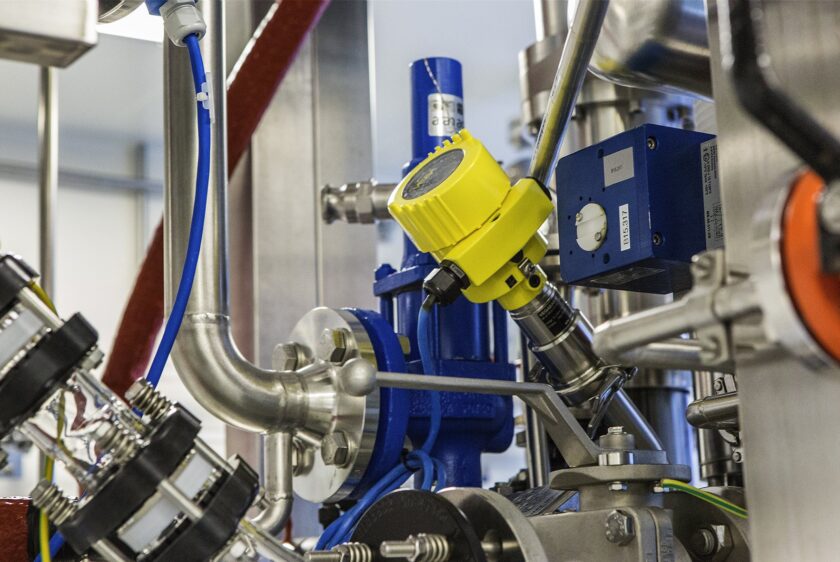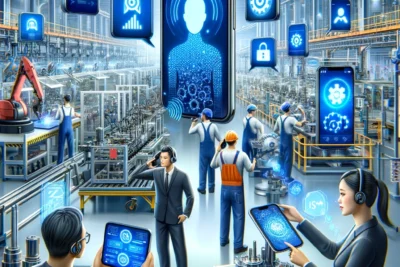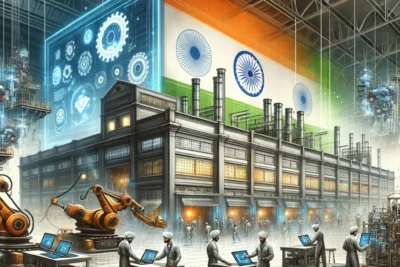Introduction
In the era of Industry 4.0, where data reigns supreme, the role of sensors in manufacturing cannot be overstated. These unassuming devices have evolved into indispensable tools for data collection, enabling real-time monitoring, predictive maintenance, and quality control. In this blog, we explore various types of sensors and how Optimon has seamlessly integrated data collection through these sensors into its platform.
The Sensor Revolution
Smart sensors are the eyes and ears of modern manufacturing. They have transformed the way data is collected from machines, processes, and even products themselves. These sensors are at the forefront of the Industry 4.0 revolution, driving efficiency and excellence in manufacturing.
Types of Sensors in Manufacturing
1.Temperature Sensors:
These sensors monitor temperature variations in machinery and processes. They are vital for ensuring that equipment operates within optimal temperature ranges.
2.Pressure Sensors:
Pressure sensors are used to measure fluid or gas pressure. They play a crucial role in industries like oil and gas, where pressure differentials are critical.
3.Vibration Sensors:
Vibration sensors detect irregularities in machinery vibrations, providing early warnings of potential failures.
4.Proximity Sensors:
Proximity sensors detect the presence or absence of objects. They are used in automated processes to trigger actions based on object proximity.
5.Flow Sensors:
Flow sensors measure the rate of fluid or gas flow, essential in applications like chemical manufacturing and HVAC systems.
6.Level Sensors:
Level sensors gauge the level of liquids or solids in tanks and containers, preventing overflows and shortages.
7.Humidity Sensors:
These sensors monitor humidity levels, crucial in industries like food production and pharmaceuticals.
8.Image Sensors:
Image sensors capture visual data, often used in quality control and inspection processes.
9.Motion Sensors:
Motion sensors detect movement, enabling the automation of processes in response to human or object motion.
10.Gas Sensors:
Gas sensors measure the concentration of specific gases, ensuring safety and quality in various industries.
Optimon’s Integration of Sensor Data
Optimon has recognized the pivotal role of sensor data in manufacturing and has seamlessly integrated data collection through various sensors into its platform.
1.Real-Time Monitoring:
Optimon’s platform collects data from sensors in real time, providing continuous insights into machine performance, environmental conditions, and product quality.
2.Predictive Maintenance:
By analyzing sensor data, Optimon predicts equipment failures, allowing for proactive maintenance and reducing downtime.
3.Quality Control:
Sensor data aids in automated quality control processes, ensuring that products meet the highest standards.
4.Energy Efficiency:
Sensors monitor energy consumption, allowing Optimon’s platform to optimize energy use and reduce operational costs.
5.Process Optimization:
Optimon utilizes sensor data to identify process bottlenecks and inefficiencies, enabling manufacturers to optimize their operations.
Conclusion
Smart sensors have revolutionized data collection in manufacturing, providing a wealth of information that drives efficiency, quality, and predictive maintenance. In this data-rich environment, Optimon has emerged as a leader in integrating sensor data into its platform, empowering manufacturers to make data-driven decisions that lead to excellence in every aspect of their operations.
The future of manufacturing belongs to those who embrace the insights provided by sensors and turn them into actionable intelligence. With Optimon, you’re not just collecting data; you’re harnessing the power of smart sensors to propel your manufacturing processes to new heights of efficiency and excellence.



